Share
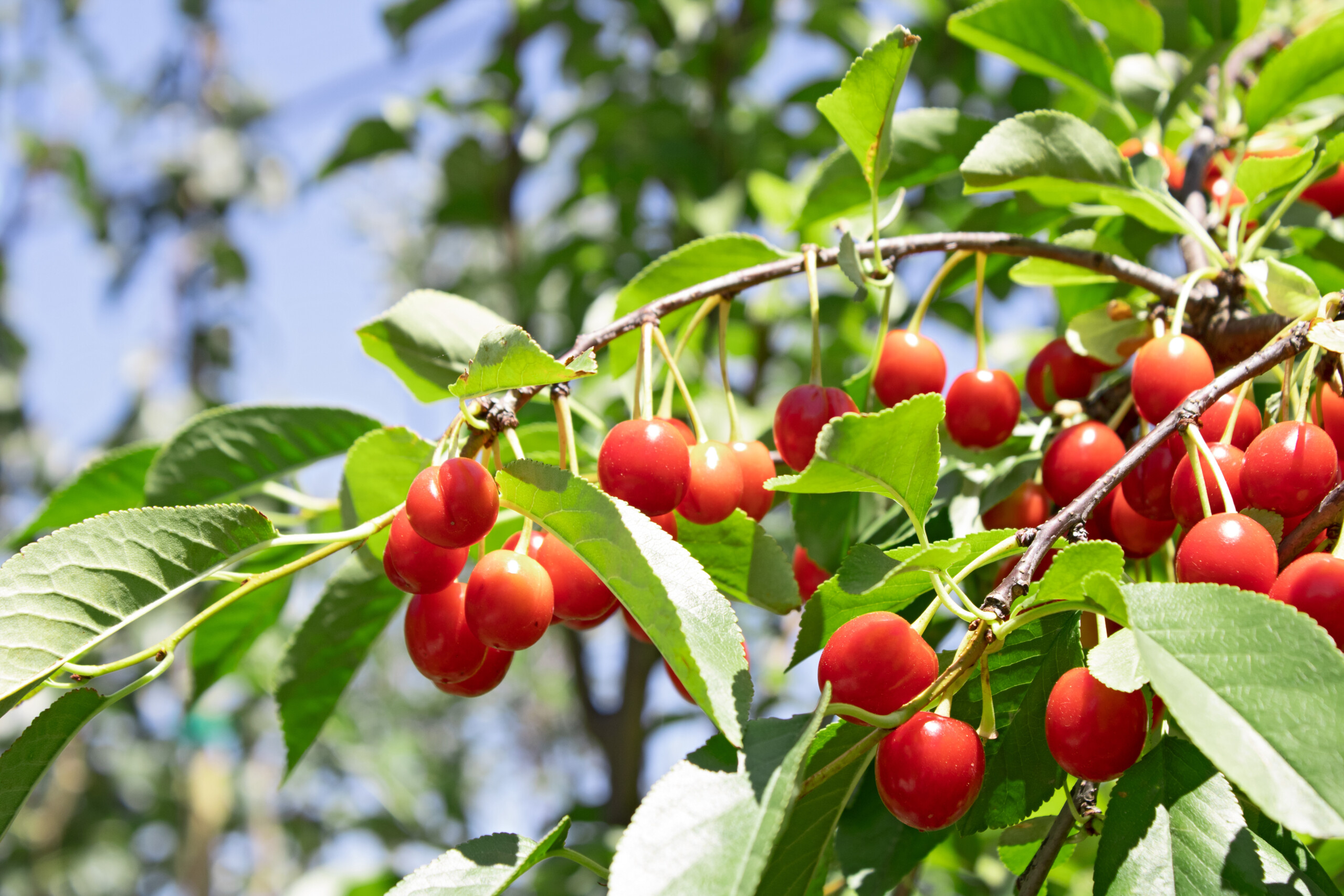
From Root to Fruit: The Intricate Process of Growing Fruit Trees
When you plant a seed, what do you get? This isn’t the set up to a good gardening joke, it’s an actual question that has a surprising answer. For most plants, when you plant their seeds you get the same plant. No matter the variety, you’ll get that specific variety each and every time you plant seeds for it. However, this isn’t the case with fruit trees. If you plant the seeds from a Blue Picotee Morning Glory, you’ll grow another Blue Picotee Morning Glory plant, but if you plant a Golden Delicious Apple’s seeds, you aren’t guaranteed a Golden Delicious apple tree. Have you ever noticed that there aren’t any fruit tree seeds available to buy in seed packets? This is why!
Most fruits are not true to seed. True to seed means when you plant the seed of any given plant variety, you will grow that same variety. Fruit trees, on the other hand, are not true to seed, so when you take the seeds from that Golden Delicious Apple and plant them, you’re basically rolling the dice on what you’ll get, and often trees that are grown directly from seed are weaker and may even produce completely inedible fruit. In fact, the only time fruit trees are grown from seed commercially is if the grower is intentionally trying to get a new variety. If they want more of an existing variety, then the seeds are no use.
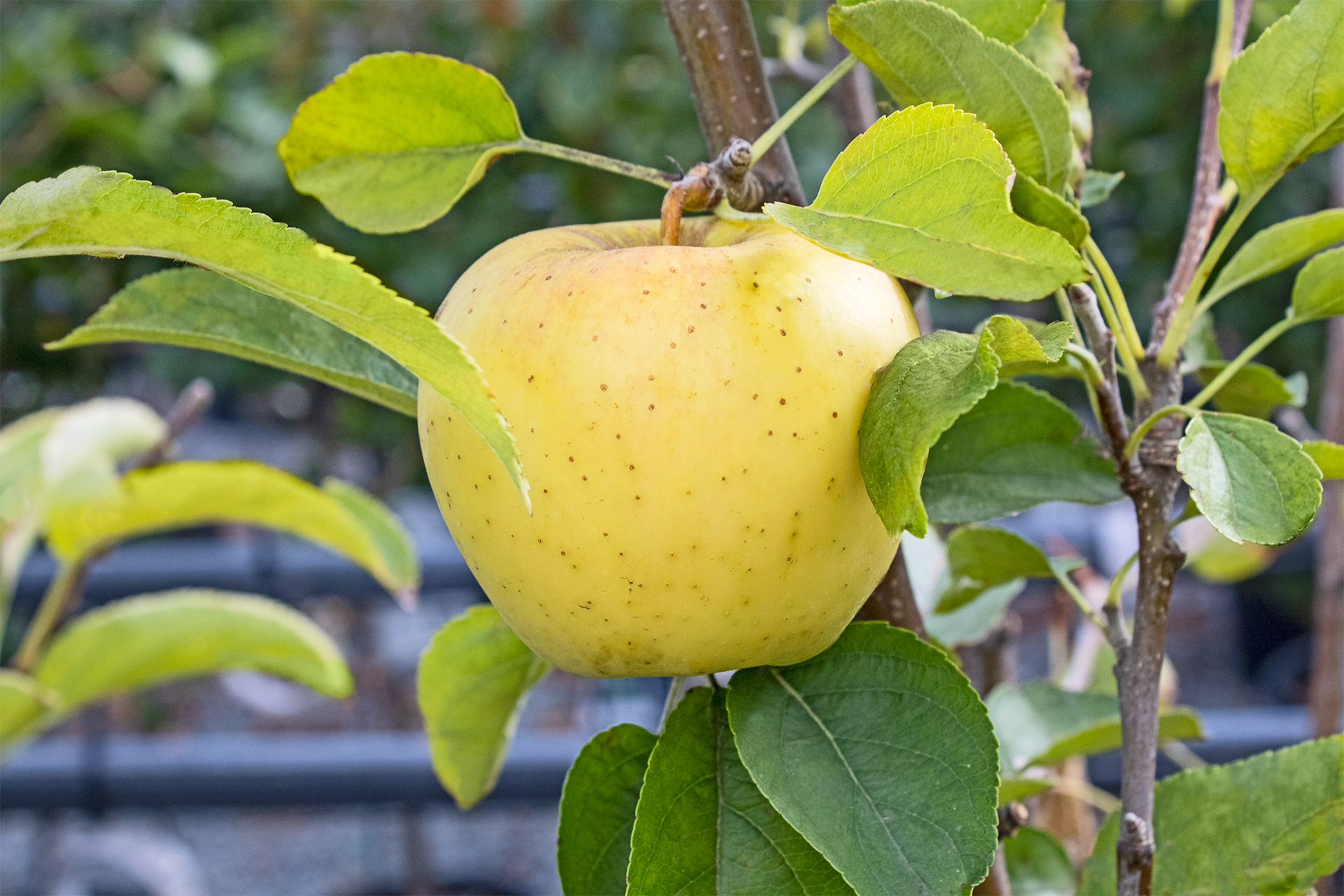
The reason behind this is that the majority of fruits are not self-pollinating. Self-pollinating fruit like strawberries will accept the pollen from one of their own flowers onto one of their other flowers, so the strawberries produced are 100% the same DNA as the original plant. Fruits that aren’t self-pollinating like blueberries, blackberries, raspberries, and most fruit trees need two different plants, and usually two different varieties, in order to be pollinated and produce fruit. This makes the seeds inside that fruit a mix of DNA, so they’re no longer the exact same variety. It may be a little weird to think of it this way, but fruit isn’t too different from pregnancy. The pregnancy doesn’t change either original person’s DNA but the resulting baby will be a mix of DNA from both parents. Same thing with fruit, no matter what it’s pollinated with the fruit itself will always be the same, but the seeds within will be a mix of both plants and produce something new when planted. For humans this mixing is a good thing, but when you want the exact same variety of fruit every time you need the tree DNA to be the exact same every time too.
So how do we even have our favorite fruit trees? The secret is grafting. Methods for grafting trees have been dated back to at least 2000 BC and this tried-and-true practice produces tried-and-true fruit. Grafting is essentially a way to clone a tree by taking part of an original tree and grafting it to another tree that’s already growing. Doing so results in a sort of Frankenstein tree that grows both parts. For fruit trees, this means taking part of your favorite variety and attaching it to another, unrelated tree that will accept and grow that part so it can produce that exact intended fruit variety without having to worry about the gamble of trying to grow it from seed. While it is possible to graft onto a mature tree, it’s easier to graft onto a young tree, meaning there are whole crops of saplings grown just to eventually support the grafts of fruit trees.
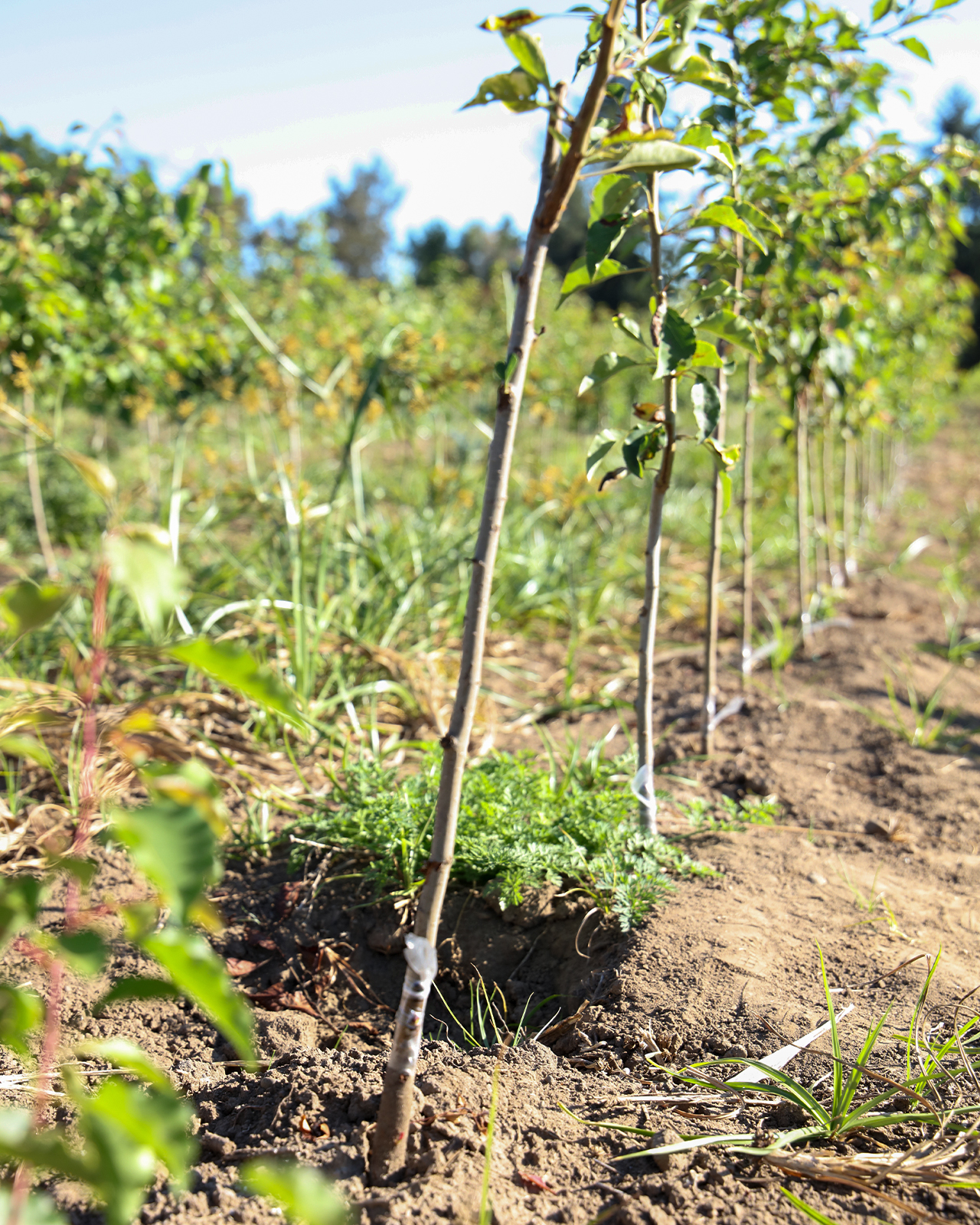
Row of grafted tree saplings
This young tree that will become the support structure for your fruit tree graft is called the rootstock, which is pretty self-explanatory. This is the part that becomes the roots and base for the new grafted tree. Rootstock varieties often have more technical names like VVA 1 and OHxF which don’t quite roll off the tongue like Stella Cherry or Haven Peach, but without them our modern fruit varieties wouldn’t exist. There are multiple different standard rootstocks for each type of fruit, with apple trees alone having 5 major rootstock types for example, and each type can be specifically bred on its own to better support its future graft. Some rootstock varieties are grown to be more resistant to fruit tree pests and diseases, while others are chosen because they increase the amount of fruit the fruit tree will produce, and others yet are used to create dwarf fruit trees that stay much smaller while producing the same fruit. You need a strong foundation for a good house, and the same is true for grafted fruit trees!
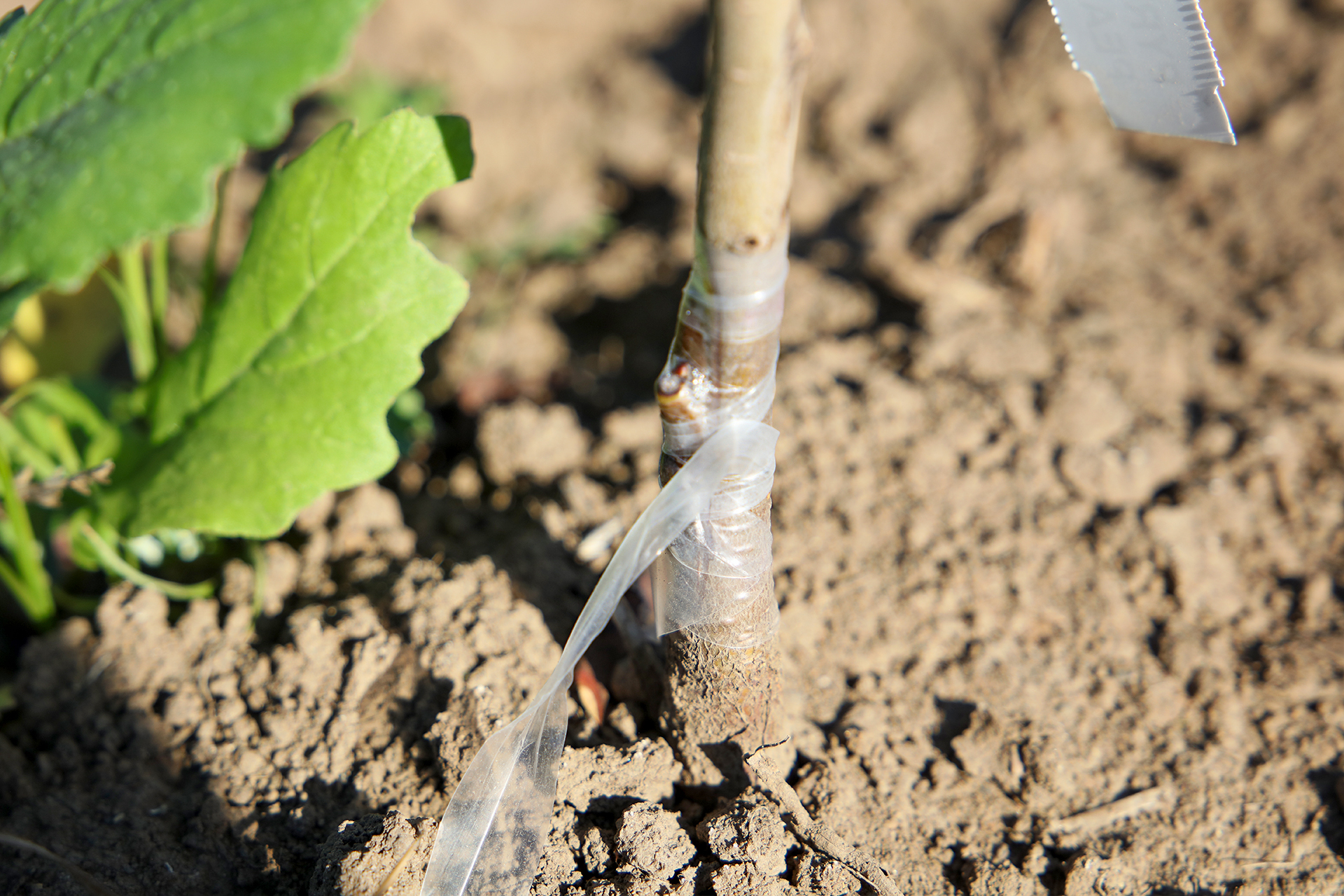
Grafted sapling
Once you have your rootstock, then you need your graft. The grafted part is also called a scion. Since fruit tree seeds are unreliable, scions have to come from an already existing fruit tree, which makes all grafted fruit trees basically clones of each other. Scions are usually small pieces of branch cut from young trees of the desired fruit variety that are then spliced onto the rootstock. There are multiple different ways to graft a fruit tree, but they all involve a fresh cut on the scion and a fresh cut on the rootstock, then you attach the two together at the cuts and hold them in place until their natural responses to injury kick in. Trees protect their wounds by growing around them to permanently seal them off, which is what happens to the graft site. This new area, called the grafting union, is now a permanent bind between the rootstock and the scion, creating one united tree. Once the graft is successful, the rootstock will continue to grow the roots while the scion grows the branches, leaves, buds, and eventually fruit, creating your final fruit tree.
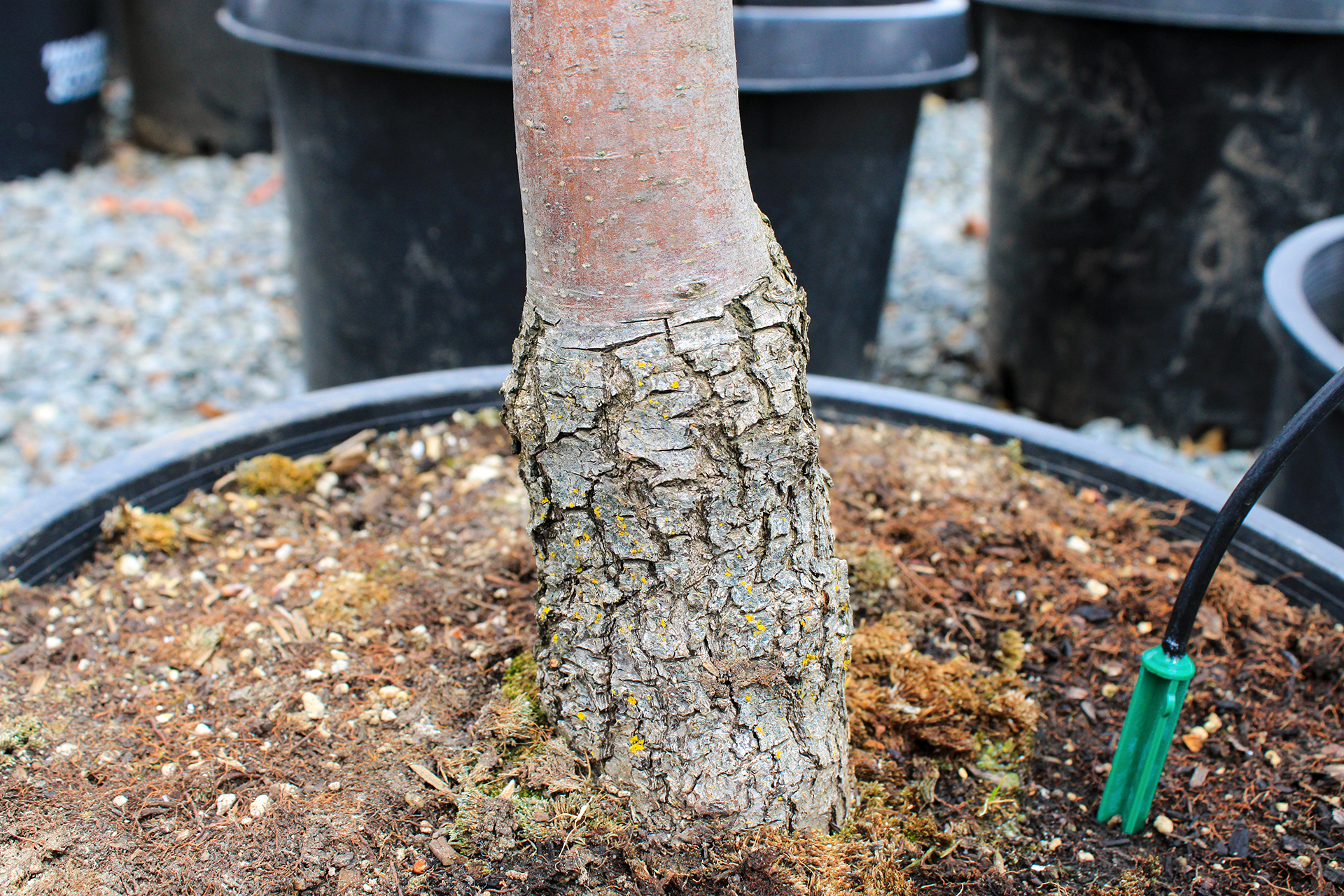
Grafting union site
This extensive process guarantees that you not only get a strong, healthy tree but, more importantly, one that will produce the exact variety of fruit you want. Grafting can also be used to make combo fruit trees that have multiple types of fruit on them at once. You can have five different apples varieties all growing on a single compact tree for a one-tree orchard in a limited space, you can have a 4-in-1 cherry tree to make cherry picking season last for months, or you can even graft multiple types of stonefruit all together, creating a single tree that will fill your fruit bowl with fresh peaches, cherries, apricots, and plums year after year. Some of these trees can be quite the work of art too if the grafted varieties have different flowers!
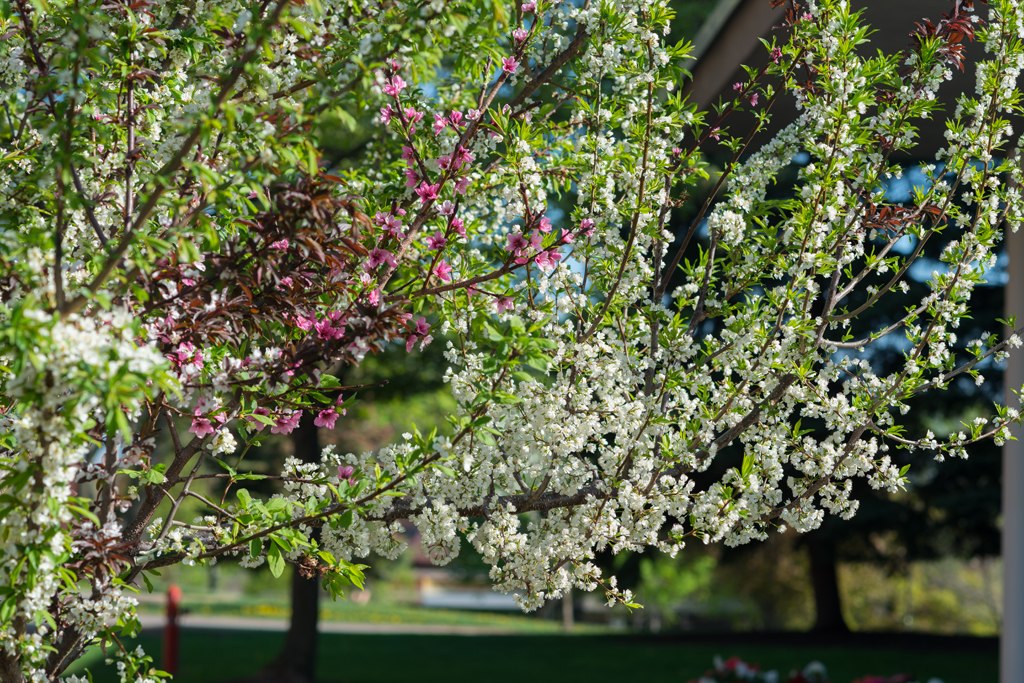
Multiple variety grafted tree
Grafting is a lot of work just to get one particular variety, but it’s all worth it when you have your favorite fruit growing reliably across multiple trees! If it wasn’t for this meticulous process that has been honed over thousands of years, we wouldn’t have set varieties of fruit at all, and certainly varieties that have consistently been around for centuries like the beloved McIntosh Apple wouldn’t continue to exist in their original form. Now that you know all that goes into them, take an extra moment to appreciate fruit trees, whether they’re producing the fruit you see at the grocery store or growing right in your own backyard.

If you have any questions, stop by any one of our three Moana Nursery garden centers or contact us online.
Share
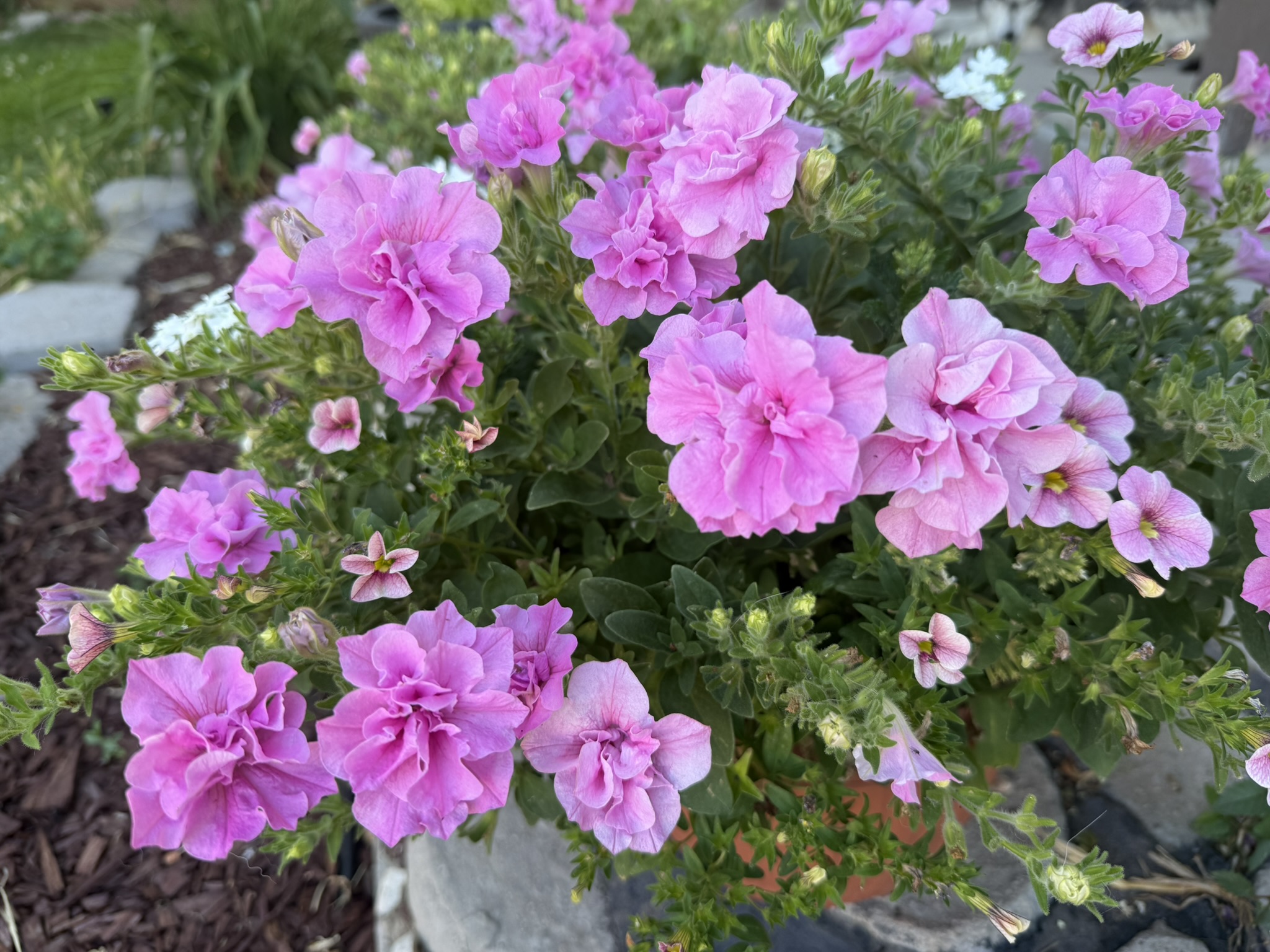
Annuals grow fast and bloom hard. That kind of performance takes fuel, and fertilizer is their go-to energy source.
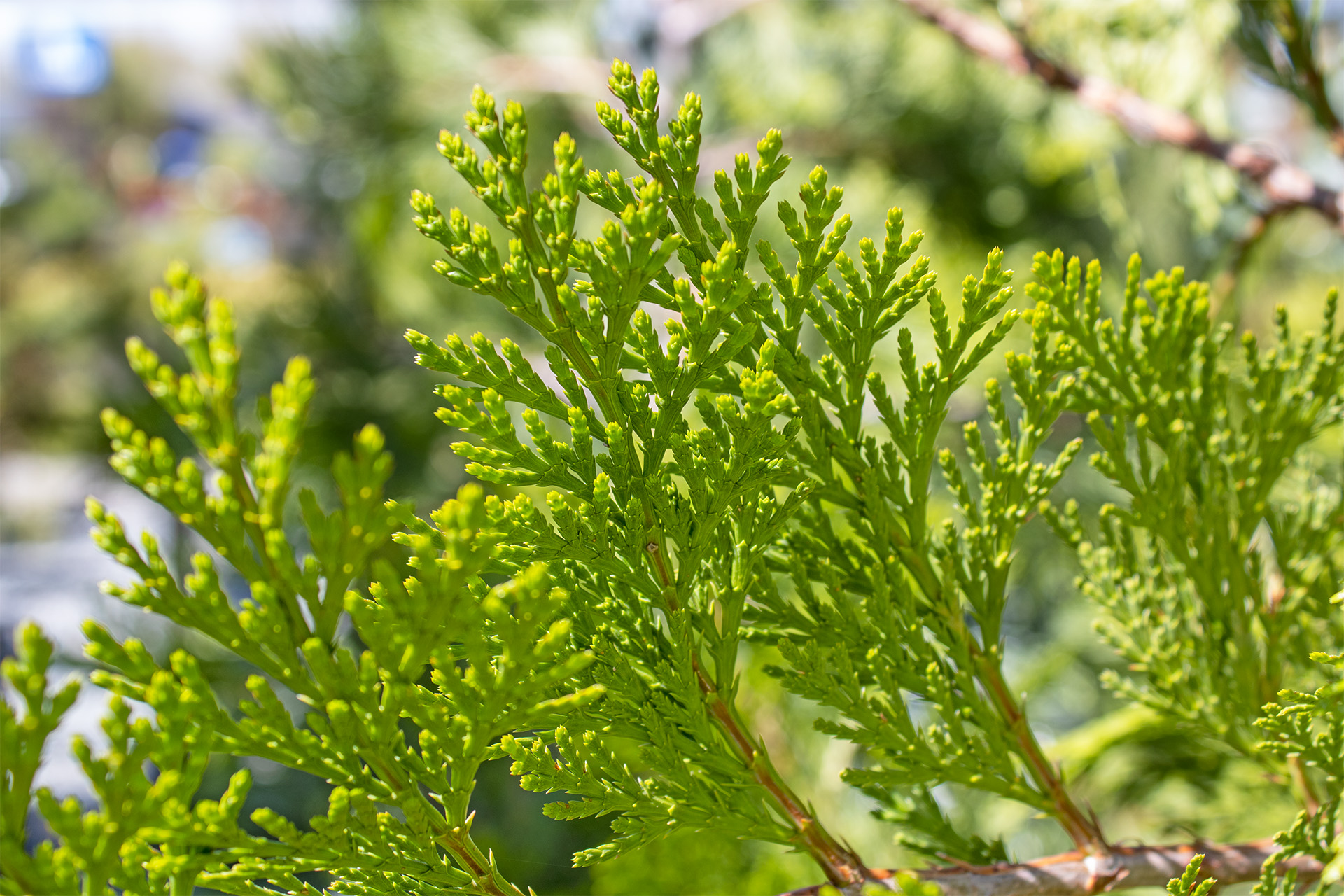
With its graceful shape, aromatic wood, and vital ecological role, the Incense Cedar is more than just an attractive tree—it’s a fantastic addition to any garden in the high desert.

The Sun Valley Red Maple is not just another tree—it's a resilient, seasonal beauty that thrives in the high desert, offering you years of color and grace in your landscape.

Whether you’re looking to enhance your garden with a striking ornamental tree or want a compact, resilient option for smaller spaces, the Snowdrift Flowering Crabapple tree is a fantastic addition to your landscape.
